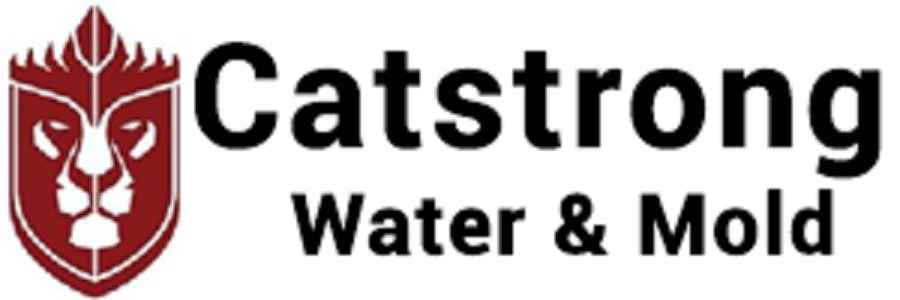Mold should be cleaned as soon as it appears. Persons who clean the mold should be free of symptoms and allergies. Small areas of mold should be cleaned using a detergent/soapy water or a commercial mildew or mold cleaner. Gloves and goggles should be worn during cleaning. The cleaned area should then be thoroughly dried. Throw away any sponges or rags used to clean mold. If the mold returns quickly or spreads, it may mean you have an underlying problem, such as a water leak. Any water leaks must first be fixed when solving mold problems. Additional guidance is available in the US Environmental Protection’s guidance: “
A Brief Guide to Mold, Moisture, and Your Home”.
If there is a lot of mold growth, consult the U.S. Environmental Protection Agency's guidance: "
Mold Remediation in Schools and Commercial Buildings". Printable versions of these and other guidance documents are available on the
EPA’s Publications on Mold webpage. If the moldy material is not easily cleanable, such as drywall, carpet padding and insulation, then removal and replacement may be necessary.
